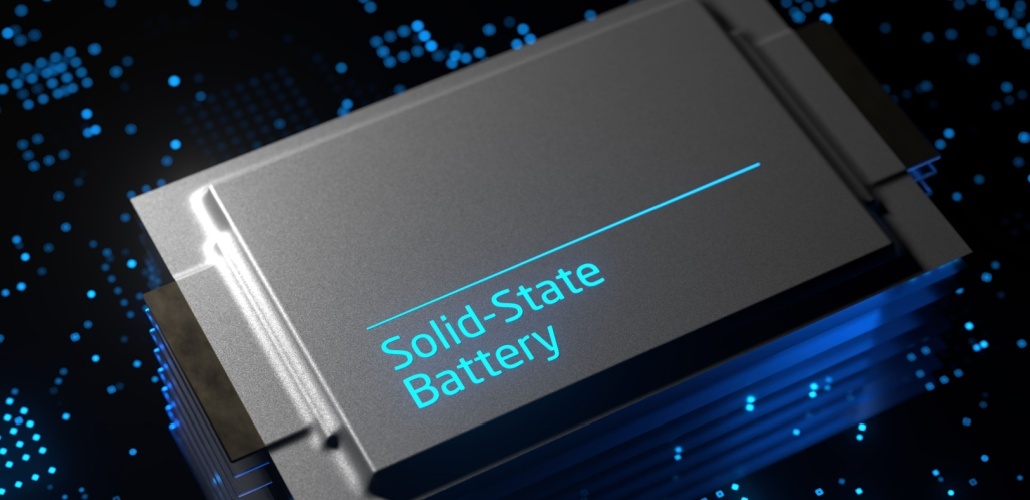Solid-state batteries for advanced energy storage
IDTechEx explores solid-state batteries, highlighting key benefits, challenges, and advancements shaping the future of energy storage and electrification.

Image for illustration purposes
Solid-state batteries are emerging as a next-generation energy storage solution, offering improved safety, higher energy density, and longer cycle life compared to traditional lithium-ion batteries. By replacing liquid electrolytes with solid materials, they reduce fire risks and enable the use of lithium metal anodes, which significantly enhance performance.
However, challenges such as scalability, cost reduction, and interfacial compatibility must be addressed before widespread adoption. If successful, solid-state technology could revolutionize electric vehicles (EVs), consumer electronics, and grid storage.
Comparing the three main solid-state systems
Solid-state batteries use three main types of electrolytes—polymers, oxides, and sulfides—each with unique benefits and challenges:
Polymers are easy to manufacture but may require higher operating temperatures.
Oxides are stable and non-flammable but can be brittle and difficult to scale.
Sulfides offer excellent conductivity but face environmental and toxicity concerns.
Outlook for solid-state batteries
With rising demand for safer, more efficient batteries, companies are accelerating solid-state development. IDTechEx’s latest report highlights the need for tailored approaches, as no single electrolyte is ideal for all applications. As research advances, solid-state batteries could reshape energy storage and drive the transition to a more sustainable, electrified future.
Source: IDTechEx
#battery safety#Battery Technology#energy storage#EV batteries#grid storage#IDTechEx#lithium-ion alternatives#solid-state batteries#solid-state electrolytes



